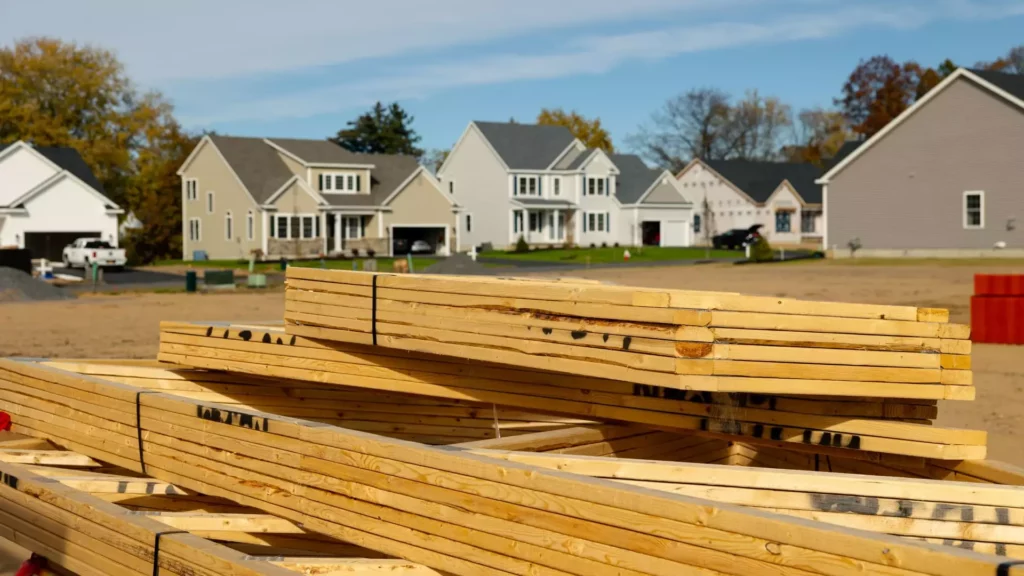![]()
The U.S. Census Bureau reported a 4.7% drop in sales of newly built homes in April compared to March, while also noting a significant 7.7% decrease from the previous year. This decline in sales can be attributed to higher mortgage rates, making it more challenging for potential buyers to afford new homes. The average rate on a 30-year fixed mortgage rose from the high 6% range in March to 7.5% in April, impacting the purchasing power of buyers.
Impact on Affordability
The median price of a new home sold in April was $433,500, representing a 4% increase from the same period in 2023. This rise in prices can be partly attributed to the higher mix of homes being sold at the upper end of the market. Buyers in this segment are less affected by mortgage rates as they often make all-cash purchases. Builders are unable to lower prices due to high costs associated with land, labor, and materials, further exacerbating affordability challenges.
To counter the impact of rising mortgage rates on sales, some large production builders, such as D.R. Horton and Toll Brothers, have been offering incentives like lower mortgage rates to attract buyers. However, smaller builders are finding it challenging to compete, leading to an overall decline in new home sales below the 5-year average. The real estate industry is facing a shortage of approximately 1.5 million homes, contributing to the affordability crisis.
A new index launched by the National Association of Home Builders and Wells Fargo revealed that 38% of a median household income nationally was required to make mortgage payments on a median-priced new single-family home in the first quarter of 2024. Low-income families, earning just 50% of the area’s median income, would need to spend 77% of their earnings to afford a new home. The lack of affordable housing options is a primary concern impacting the housing market.
Rising Prices and Limited Supply
Both new and existing homes are experiencing price increases due to the limited supply in the market. While the number of newly built homes has increased by 12% year over year, they come with a price premium that puts them out of reach for lower-income buyers. The shortage of housing units, estimated at 1.5 million homes nationwide, is a key factor contributing to the affordability challenges faced by buyers.
The new home sales market is facing significant challenges due to higher mortgage rates, rising prices, and a shortage of affordable housing units. While some builders are offering incentives to attract buyers, the overall affordability crisis continues to impact the industry. Addressing the housing shortage and improving affordability will be crucial in ensuring a sustainable and inclusive real estate market for all buyers.

Leave a Reply